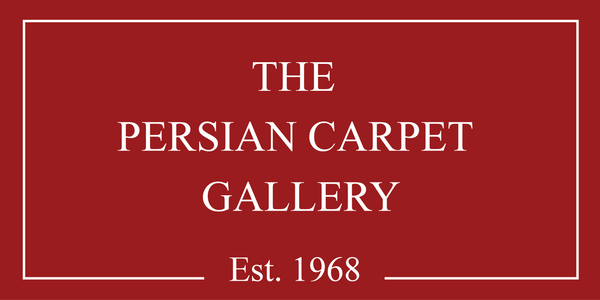The Exquisite Animal Carpet of Isfahan

Origin: Isfahan, late 16th century
Collection: Carpet Museum of Iran, Tehran
Dimensions: 233 x 168 cm (92 x 66 in.)
Knot Type: Persian knot
- Knot Density: 30,400 knots per sq. meter (342 knots per sq. inch)
- Across: 68 knots per 10 cm
-
Lengthwise: 78 knots per 10 cm
Material: - Warp: Raw silk
- Weft: Beige cotton
- Pile: Silk
This remarkable 16th-century Isfahan carpet exemplifies a refined adaptation of traditional animal motifs in Persian rug design. Unlike earlier variations, the animals in this piece are uniformly oriented, creating a sense of harmony and rhythm across the field. The intricate weaving technique, featuring an extraordinary knot density, showcases the mastery of Persian craftsmanship, ensuring both durability and an incredibly detailed design.
The spacious border features geometric cartouches that contrast beautifully with the organic fluidity of the animal motifs in the field. This juxtaposition stabilizes the dynamic scene, allowing the viewer’s eye to appreciate the balance between movement and structure.
A true masterpiece, this carpet highlights the sophistication of Safavid-era weaving techniques and remains a testament to the rich artistic heritage of Persian carpets.
